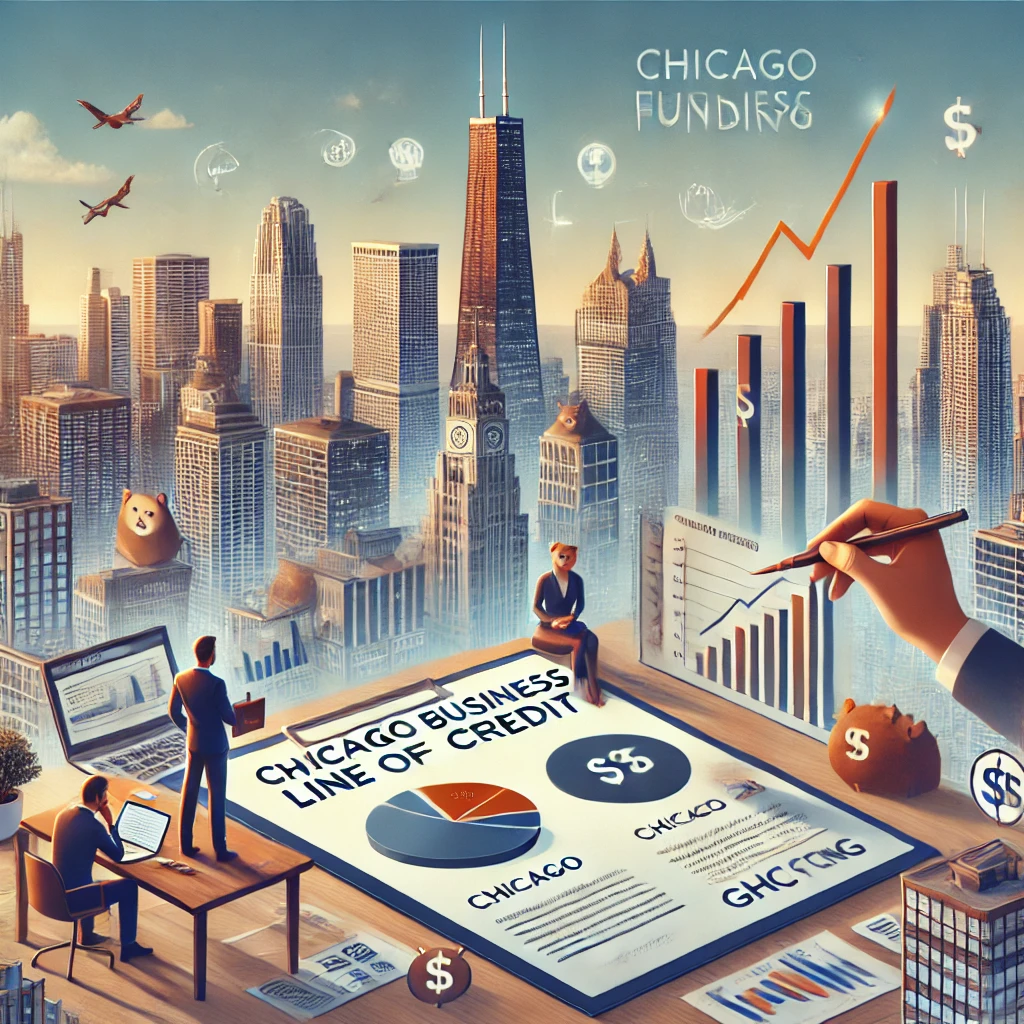Student Loan Forgiveness & Repayment Plans: 2025 Complete Guide for Texas Borrowers
The student loan landscape continues to evolve, making it essential for Texas borrowers to stay up-to-date with the latest 2025 policies on forgiveness and new repayment plans. This in-depth guide offers everything you need to know about Public Service Loan Forgiveness (PSLF) updates, the new SAVE (Saving on a Valuable Education) Plan, state-specific loan assistance, and other key changes impacting Texans repaying federal student loans.
- Student Loan Forgiveness & Repayment Plans: 2025 Complete Guide for Texas Borrowers
- Key 2025 Federal Student Loan Policy Changes Affecting Texans
- Understanding the SAVE Plan: 2025 Analysis for Texas Borrowers
- Public Service Loan Forgiveness (PSLF) in Texas: Latest 2025 Updates
- Income-Driven Repayment (IDR) Plans: Comparing 2025 Options for Texans
- State-Specific Forgiveness and Repayment Assistance in Texas (2025)
- Frequently Asked Questions for Texas Borrowers in 2025
- Essential Steps for Texas Borrowers: Maximizing Student Loan Relief in 2025
- Resources and Contacts
- Conclusion: Getting the Most Out of Student Loan Forgiveness in Texas (2025 and Beyond)
Key 2025 Federal Student Loan Policy Changes Affecting Texans
- SAVE Plan Finalization: The Department of Education has fully rolled out the SAVE plan, offering historically low monthly payments and faster forgiveness for low- and moderate-income borrowers.
- Revised PSLF Rule Enforcement: Recent PSLF criteria changes have boosted eligibility and streamlined the forgiveness path for Texas public service professionals.
- Income-Driven Repayment (IDR) Adjustment: Borrowers now benefit from IDR Account Adjustments, with credits applied for certain periods previously ineligible toward forgiveness progress.
- Borrower Defense & Fresh Start: Expanded relief for Texans defrauded by their schools and defaulted loan holders under new regulations.
Understanding the SAVE Plan: 2025 Analysis for Texas Borrowers
The SAVE Plan is the centerpiece of federal loan repayment reform in 2025. It significantly improves on prior IDR options (like PAYE and REPAYE) and is open to Texas residents with eligible Direct Loans.

Main Features of the SAVE Plan
- Reduced Payments: Monthly payments are now capped at just 5% of discretionary income for undergraduate loans (previous plans were 10%).
- No Growing Balances: Unpaid monthly interest is no longer added to your loan balance if you make your full scheduled payment.
- Faster Forgiveness: Texans with original loan balances of $12,000 or less can now achieve total forgiveness in just 10 years; larger balances follow a sliding forgiveness schedule, up to 20-25 years.
- Spousal Income Exclusions: Married borrowers filing separately are not required to include their spouse’s income in SAVE plan calculations.
SAVE Plan Eligibility for Texans
- Must have federally held Direct Loans (Stafford, Grad PLUS, Consolidation Loans)
- FFEL and Perkins Loan borrowers must consolidate into a Direct Consolidation Loan
- No income restrictions—open to all qualifying borrowers
How to Apply for the SAVE Plan (Step-by-Step)
- Log into studentaid.gov/idr/ using your FSA ID.
- Select “Income-Driven Repayment Application.”
- Choose SAVE from the list of available plans.
- Submit the required income documentation (tax returns or pay stubs).
- Review estimated monthly payment and submit your application.
SAVE Plan Success Story: Houston Educator Forgiven
Name: Maria F.
Original Debt: $34,400
Scenario: As a middle school teacher in Houston with a starting salary of $44,000, Maria switched to the SAVE plan in 2024. Her monthly payment dropped to 0 (down from 4 under the old REPAYE). After 13 years of steady payments—and taking advantage of the forgiveness acceleration for low-balance loans—her remaining $8,051 was automatically forgiven in 2025.
Need capital? GHC Funding offers flexible funding solutions to support your business growth or real estate projects. Discover fast, reliable financing options today!
Test Your Expertise: The Complexities of the 1031 Exchange

As a sophisticated real estate investor, you understand that the 1031 Exchange is a cornerstone strategy for tax deferral and wealth accumulation. But beyond the basics, the intricacies of the 1031 Exchange rules can pose significant challenges. This quiz is designed to test your in-depth knowledge and highlight critical nuances that separate casual investors from true experts in 1031 Exchange transactions.
Instructions: Choose the best answer for each question.
⚡ Key Flexible Funding Options
GHC Funding everages financing types that prioritize asset value and cash flow over lengthy financial history checks:
-
Bridge Loans: These are short-term loans used to "bridge the gap" between an immediate need for capital and securing permanent financing (like a traditional loan or sale). They are known for fast closing and are often asset-collateralized, making them ideal for time-sensitive real estate acquisitions or value-add projects.
-
DSCR Loans (Debt Service Coverage Ratio): Primarily for real estate investors, these loans are underwritten based on the property's rental income vs. debt obligation ($\text{DSCR} = \text{Net Operating Income} / \text{Total Debt Service}$), not the borrower's personal income or tax returns. This offers flexibility for those with complex finances.
-
SBA Loans: The Small Business Administration (SBA) guarantees loans offered by partner lenders. While providing excellent terms (long repayment, lower rates), the application process is typically slower than private/bridge funding, often making them less suitable for immediate needs. SBA eligibility heavily relies on the DSCR metric for repayment assessment.
🌐 Learn More
For details on GHC Funding's specific products and to start an application, please visit their homepage:
The Ultimate DSCR Loan for Rental Property Quiz

Are you looking to expand your real estate investment portfolio? A DSCR loan might be the perfect tool to help you achieve your goals without relying on traditional income documentation. Test your knowledge with this quiz to see if you're ready to master the intricacies of a DSCR loan for rental property.
Public Service Loan Forgiveness (PSLF) in Texas: Latest 2025 Updates
PSLF remains a crucial forgiveness pathway for Texans working in government, nonprofit, or education roles. Here’s what’s new and essential for 2025:
- Expanded Employer Eligibility: Nonprofit and government entities recognized by Texas now trigger eligibility, including some community health clinics and local organizations newly designated as qualifying employers.
- One-Time Account Adjustments: Certain periods of non-qualifying repayment and deferment in past years can now count toward your 120 required payments.
- Employer Certification Simplified: Annual employer certifications and using the “PSLF Help Tool” is now highly recommended for faster forgiveness processing.
How PSLF Works in 2025
- Work full-time (30+ hours/week) at a qualifying Texas public service or nonprofit employer.
- Make 120 monthly payments under an IDR plan, like SAVE, while employed at a qualifying organization.
- File the PSLF Employment Certification Form each year.
- After 120 payments, apply for tax-free forgiveness of your remaining balance.
PSLF Real-World Example: Dallas Healthcare Worker
Name: Andre T.
Original Debt: $118,000
Scenario: Andre, an RN at a Dallas county hospital, consolidated his loans and entered the PAYE plan in 2015. With PSLF’s expanded criteria, previously non-qualifying payments from a forbearance period were counted after the 2024 account adjustment. In 2025, after 120 payments, $51,400 in remaining debt was fully forgiven.
Income-Driven Repayment (IDR) Plans: Comparing 2025 Options for Texans
✅ Small Business Resources
-
SBA – Small Business Administration
https://www.sba.gov - SCORE Mentors (Free Mentoring & Workshops)
https://www.score.org - Small Business Development Centers (SBDC)
https://americassbdc.org
Are You an SBA Real Estate Loan Expert?

Test your in-depth knowledge on using SBA Loans for owner-occupied commercial Real Estate acquisition. These questions delve into the critical details that can impact your business's growth and financial strategy.
Alongside SAVE, borrowers can consider these federal IDR programs, especially if they don’t qualify for SAVE or have Parent PLUS Loans:
- Income-Based Repayment (IBR): 10% or 15% of discretionary income; 20-25 year forgiveness timeline.
- Income-Contingent Repayment (ICR): 20% of discretionary income or what you’d pay on a 12-year fixed plan.
✅ Real Estate Investor Resources
-
AirDNA (Short-Term Rental Data)
https://www.airdna.co - Rentometer (Rent Comps)
https://www.rentometer.com - Zillow Research & Data
https://www.zillow.com/research
DSCR Loan IQ Quiz!

Test your knowledge of Debt Service Coverage Ratio (DSCR) loans!
Both plans base payments on income and family size, and remaining balances are forgiven at the timeline’s end—though SAVE offers the most generous metrics for most Texans.
How to Switch Plans in 2025
- Login to studentaid.gov.
- Select “Manage Loans” and “Repayment Options.”
- Compare estimated payments for each IDR plan.
- Submit your application to change plans (processing usually takes 2-6 weeks).
State-Specific Forgiveness and Repayment Assistance in Texas (2025)
Texas residents have access to unique programs that supplement federal options:
- Texas Student Loan Repayment Assistance Program – For lawyers and public defenders working in Texas, offering up to $6,000/year for qualifying borrowers.
- Texas Physician Education Loan Repayment Program – Physicians practicing in Health Professional Shortage Areas receive up to $180,000 in forgiveness over four years.
- Teach for Texas Loan Repayment Assistance – For certified educators teaching in shortage areas, awarding up to $5,000 in relief per year.
How Texas Loan Forgiveness Programs Work (Step-by-Step)
- Visit the Texas Higher Education Coordinating Board’s Loan Repayment Program listings (www.hhloans.com).
- Review specific eligibility criteria for your profession.
- Gather required documents (proof of Texas employment, license/certification, loan statements).
- Submit application online before the annual deadline (typically spring/summer each year).
- Monitor your application and respond to any requests for further information.
Frequently Asked Questions for Texas Borrowers in 2025
- Which loans qualify for forgiveness programs in Texas?
- Generally, federally held Direct Loans. FFEL and Perkins Loans can be consolidated for eligibility.
- Is forgiveness from PSLF or SAVE taxable in Texas?
- No. Under the latest 2025 federal policy, student loan forgiveness is tax-free at both the federal and state (Texas) level.
- What if I was in default?
- The “Fresh Start” initiative allows defaulted borrowers to restore federal loan eligibility and access programs like SAVE and PSLF beginning in 2025.
Essential Steps for Texas Borrowers: Maximizing Student Loan Relief in 2025
- Regularly certify Texas public service employment if pursuing PSLF.
- Update your income and family size each year for SAVE or IDR plans.
- Consolidate older or ineligible loans to access the broadest federal forgiveness pathways.
- Leverage both federal and Texas-specific programs, especially if you work in healthcare, law, or education.
- Consult trusted, unbiased sources like studentaid.gov and the Texas Higher Education Coordinating Board for the latest guidance.
Resources and Contacts
- Federal Student Aid: https://studentaid.gov/
- Texas Higher Education Coordinating Board: www.hhloans.com
- Texas Loan Forgiveness Programs: https://www.texasstudentloans.org/loan-repayment
- Public Service Loan Forgiveness Help Tool: https://studentaid.gov/pslf/
Conclusion: Getting the Most Out of Student Loan Forgiveness in Texas (2025 and Beyond)
With sweeping changes to federal student loan repayment and forgiveness in 2025, Texas borrowers are positioned to benefit from reduced payments, faster relief, and more inclusive eligibility. Diligence in following updated processes and exploring state-specific programs can save you tens of thousands of dollars and help you achieve financial freedom faster.
For personalized support, reach out to your loan servicer or consult Texas-based student loan ombudsman offices for additional help navigating new changes this year.
Get a No Obligation Quote Today.



